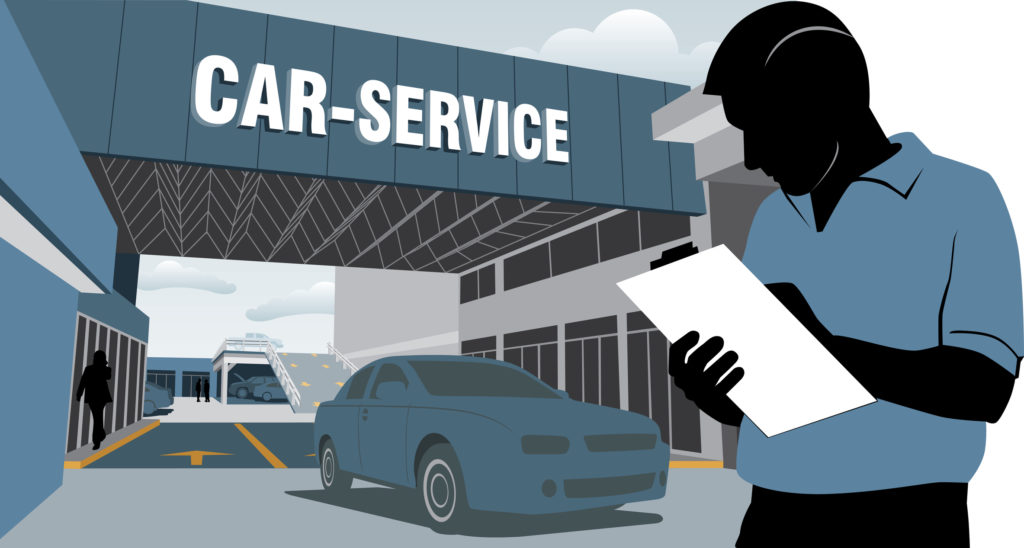4 Best Dealership Practices to Navigate an Uncertain Market

The automotive industry is no stranger to change, but COVID-19 cast us into a situation we’ve yet to experience. With stay-at-home orders and tight business restrictions over the first few months, the market saw an immediate impact. But now, as those orders and restrictions begin to loosen, many are preparing to resume business activity. However, the rules and processes you’ve implemented pre-pandemic likely need to be adjusted. COVID-19 has created a new market environment — one that will require dealers to adapt.
The same can be said for consumers. Lives have been upended in numerous ways, such as a sudden loss or reduction of income. And, the impact will continue to be felt for months to come. As a result, consumers’ appetite and sentiment around certain topics, including buying a car, have shifted and you need to adapt to these changes. The situation will remain very fluid in the months ahead, and while the long-term impact of the pandemic remains unknown, here are a few best practices you can implement to navigate the new environment.
1. Use local market trends to inform strategies
The pandemic has impacted everyone differently, which means that people’s priorities have shifted, and dealer strategies also need to shift. While buying a car may have been on someone’s radar prior to the start of the pandemic, it may not be top of mind anymore. As a result, simply reengaging your pre-pandemic marketing plans likely isn’t the most effective strategy. Instead, use consumer sentiment data to understand how consumers are feeling, and leverage these insights to inform new marketing strategies. Since sentiment varies across generations and geographies, it’s important to look not only at a national level, but to understand the implications of sentiment in local markets.
For example, Experian research found that as of May 21, 2020, 29 percent of consumers in urban areas were considering purchasing a vehicle in the next few months, compared to only 10 percent in rural areas. Of consumers in urban areas looking to purchase a vehicle, 33 percent are looking to purchase something less expensive than originally planned, and 22 percent are considering leasing. Insights such as these can help you nuance your marketing messages to ensure you’re leading with empathy and showing customers a willingness to help by presenting them options that best fit their needs.
2. While adjusting business strategies, focus on other areas that can grow

Depending on their situation, some consumers may be hesitant to re-enter the car-buying market. And that’s okay, everyone’s circumstance is different. Many of these consumers will still need their current vehicles serviced; some may even have open recalls. Canvass the vehicles on the road within your market to identify which may need service in the near future. The more you understand about vehicles in your local markets — current customers and beyond — the better positioned you will be to create revenue opportunity within the service drive.
3. Use vehicle history reports to bring context to online listings
While you may be looking for ways to trim costs, there are some areas, like vehicle history reports, that are more important than ever. Given the significant financial investment a vehicle represents, we know consumers seek to make an informed purchase decision – especially now. That’s why when listing used vehicles online, it’s vital to provide more information than vehicle make, model, and odometer reading, since these metrics can’t provide the full context of a vehicle’s value.
Vehicle history reports can answer key consumer questions, such as the number of previous owners, the number of incidents, open recalls, the presence of title brands, etc. Including vehicle history in online listings makes this information easily accessible for the consumer researching the vehicle. Ultimately, including vehicle history reports in online listings creates a level of transparency that consumers appreciate. While an online experience will never truly replicate an in-person experience, ensuring streamlined information is available online will help dealers connect with customers on their preferred medium.
4. Understand the implication of increased digital transactions
With the increase in digital transactions in the automotive industry, there is a corresponding potential increase in fraud attacks. To best mitigate these risks and protect customers, you need to move beyond sole reliance on basic identifiers like name, date of birth and social security number — many of these basic identifiers have been compromised over the years. Instead, new technologies allow dealers and lenders alike to employ a multi-layer fraud strategy that more accurately identifies consumers. This could include techniques such as device intelligence, biometrics, and document verification.
COVID-19 has created a new market environment that is truly unprecedented. The automotive industry is resilient and will remain so as long as it recognizes the need to adapt. By understanding consumer sentiment and responding to consumer needs, dealers will build relationships with new and existing customers that will position them for success today and in the post-pandemic world.
Tags:

authored by
Amy Hughes
Drawing upon her years of experience in advertising research for national magazine publisher Time Inc. and Sinclair Broadcast Group, Amy has a passion for advancing the skill set of automotive marketers by helping them apply the latest enhancements in technology to their dealerships’ monthly advertising spend. Currently at Experian, Amy collaborates with dealers to transform their marketing operations through data. Previously, Amy was responsible for driving dealer sales and business development relationships for String Automotive and has been consulting with dealers on media and advertising for 15+ years.
Get Curated Insights
Content worth the click
Related Articles












